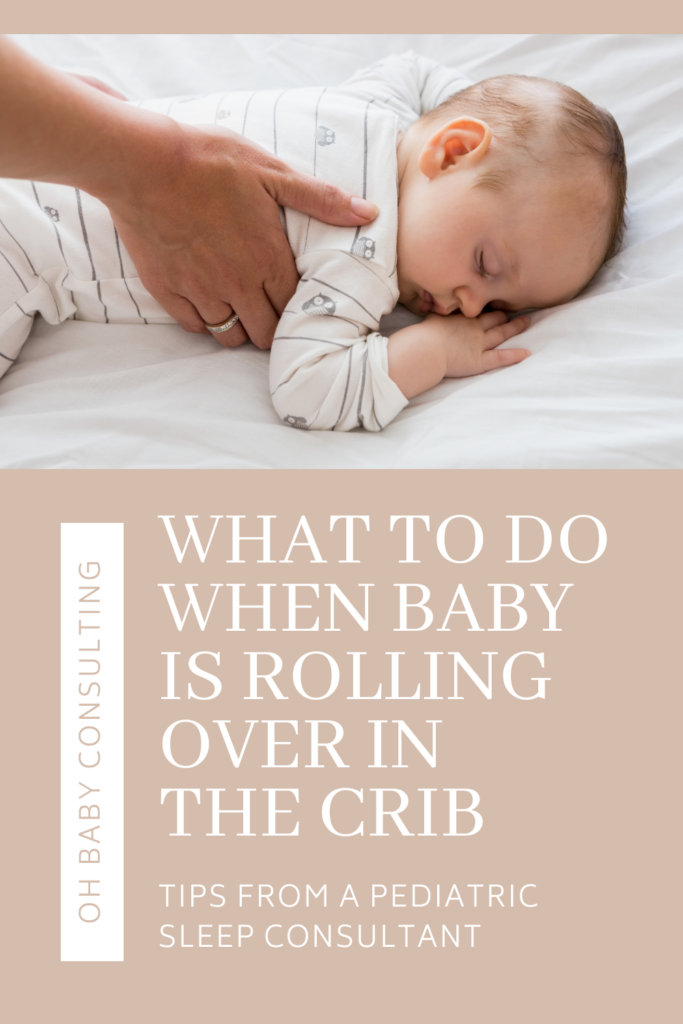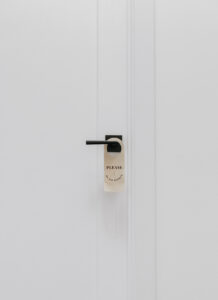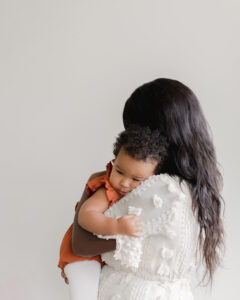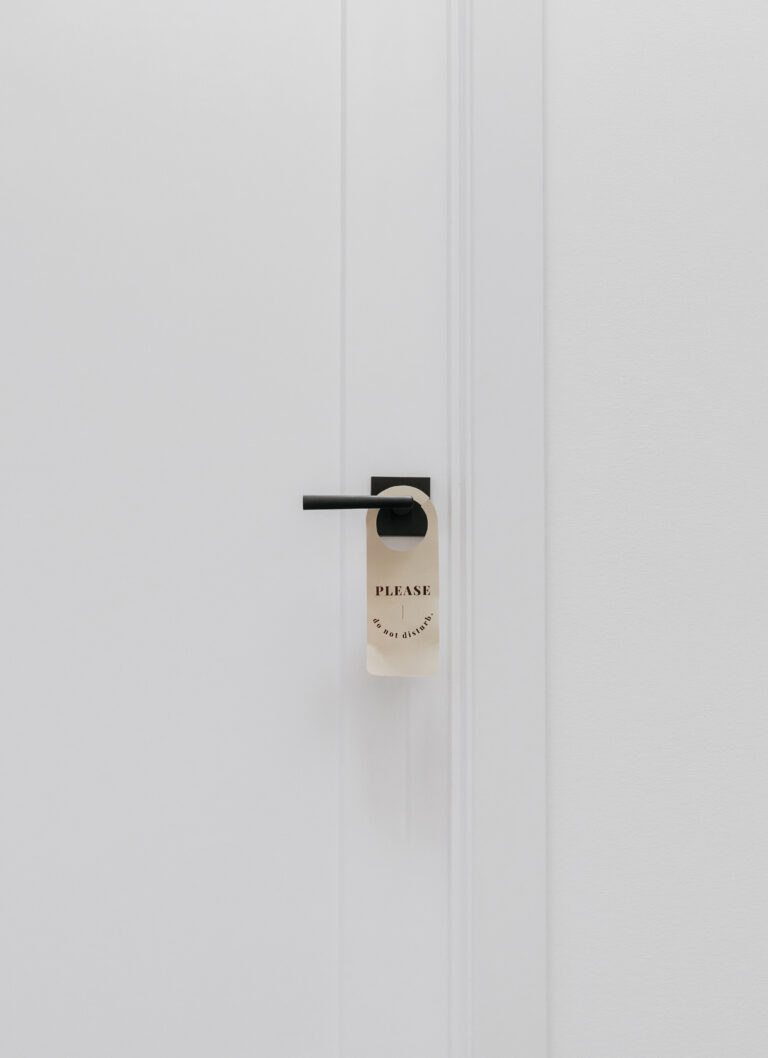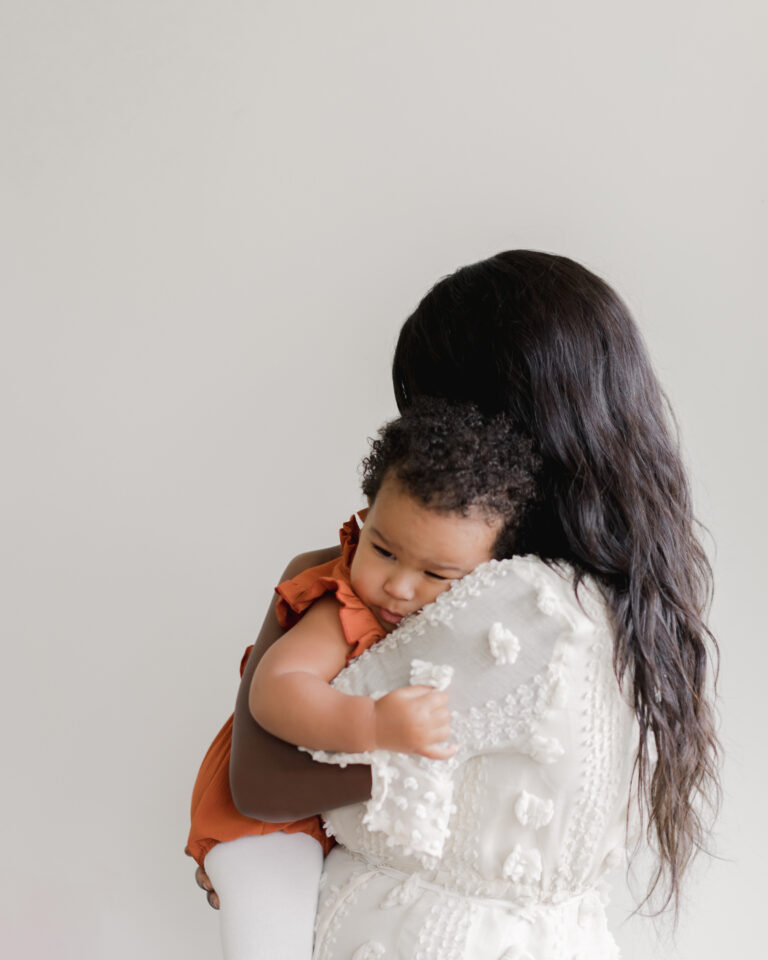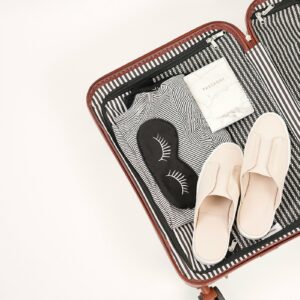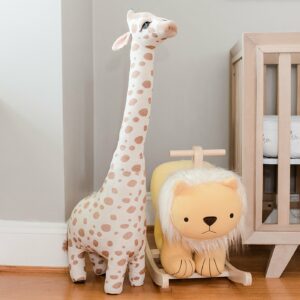As your baby grows and develops, exciting milestones evolve. Somewhere between 3-5 months (on average) your baby is going to start rolling in their crib.
This may start small; you may peek at the monitor and notice that your baby has scooted up into the top corner of their crib or is suddenly laying diagonal or perpendicular to how you put them down. Or – if you’re like our family – you may wake up one morning and your former back sleeper has suddenly become a belly sleeper – literally overnight!
While this is totally normal – and exciting – many parents have a minor freak out the first time this happens because it’s new, and different, and a little anxiety provoking! Today I want to share exactly what to do once your baby starts rolling in the crib.
1. Celebrate the milestone!!
First things first, take a minute to celebrate this big milestone!! Rolling over is an important step in your baby’s physical development and is a sign of their increasing strength and coordination. Your baby is growing and that is something to celebrate and enjoy!
2. Make sure your baby is sleeping safely
GET OUT OF THE SWADDLE Even before your baby starts to roll – when your baby is just beginning to show signs of rolling or is 10 weeks (whichever comes first) – they should no longer be swaddled. I know you might be worried about the startle reflex, but truthfully your baby is not going to integrate that reflex if you continue to swaddle them long-term. Removing the swaddle and freeing their arms is the best way to get over that newborn reflex. Once you transition your baby out of the swaddle, you can put them in an arms-free, unweighted sleep sack for warmth and coziness.
DON’T USE THE MAGIC MERLIN Some parents want to transition from a swaddle to a weighted sleep sack or an unweighted but very, very thick sleep suit called the Magic Merlin meant to restrict your baby’s movements. While this may seem helpful in theory because it’s similar to the swaddle, it can hinder your baby’s natural ability to self soothe. When babies are capable of moving freely, they need to be able to. Additionally, weighted sacks + the Merlin suit present safety concerns, especially as your baby becomes more active. The Merlin suit’s extra bulkiness can impede their ability to move freely thus making it more difficult to get out of an unsafe sleep situation. It can also make it easier to overheat.
TRANSITION THEM TO THE CRIB While your unswaddled baby can totally continue sleeping in their bassinet if they are still within the size limits, once babies start to move intentionally, they enjoy having more space. This also allows them to easily find their most comfortable position without constantly running into walls or corners.
DON’T ADD BUMPERS Even though you’re giving your baby a bigger space, they are likely still going to find their way to an edge or into a corner of the crib. This is really normal. Because of this, you may be really tempted to buy bumpers to keep their limbs inside the crib and/or cushion the sides of the crib. Please don’t. Per the AAP, bumpers – even mesh ones – are not safe for sleep in the crib. And frankly, they’re not needed. I promise that your baby will learn the boundaries of their environment in time, and they aren’t going to hurt themselves (or even wake themselves up) by bumping up against the sides.
3. Expertly handle any sleep interruptions
If you’re not new to Oh Baby and my sleep philosophies, what I’m about to share won’t be a surprise to you…
It is normal for new skills to disrupt sleep!!!
Whether that’s rolling or sitting or talking or walking, your baby’s brain and body are in “go” mode as they try to master what’s new.
You can read more about milestone-related sleep regressions here.
With rolling specifically, think about how many times overnight you change positions. If we had time-lapse camera on you all night long, you’d probably be bopping all over the place.
Your baby’s ability to independently get themselves into a comfy sleep position is a self-soothing skill! So instead of being frustrated, let’s celebrate the fact that baby has another tool in their self-soothing toolbox.
But what exactly do you do when your baby starts to roll and what if they are upset about it?
First and foremost, I want you to continue to lay your baby down on their back when you put them in the crib. If they can roll independently, then they can sleep on their tummy. But you should not be placing them there.
Next, I want you to increase tummy time and rolling practice during the day. It doesn’t have to be major, but extra practice will not only help the novelty of rolling wear off (when it’s boring it won’t be so disruptive to sleep) but it will also help them become stronger rollers so they can more easily get in and out of various sleeping positions overnight.
If your baby rolls and continues sleeping, and they are sleeping safely, and your pediatrician hasn’t advised otherwise, you do not have to continually roll them back to their back. Most babies actually prefer to sleep on their tummies.
If your baby rolls and wakes up, give them a couple of minutes to see what they do. Can they get comfy on their tummy? Do they roll back over? Can they figure it out on their own? Make sure to give your baby some space to see what they’ll do for themselves.
If your baby is really stuck and you’ve given them the “good college try” you have every permission to go into their room and casually flip them back onto their back. If you have an independent sleeper or you’re working on independent sleep, try not to linger or over-help. You kind of want to do it so quickly that they don’t even realize you were in there. Now, you might flip them and leave the room and by the time you’re back out to the monitor they’ve rolled over again!! This is also really normal. If you continue to go in relatively quickly over and over again, no one is going to get any sleep. So consider giving them a little more time this time before you intervene. Because at some point, your baby is going to either find that they actually like being on their tummy or they are going to figure out how to get out of that position and into a more preferred one.
Even though it can come with some sleep disruptions, rolling is such an exciting milestone. Embrace this phase of exploration and growth, but don’t be shy in seeking additional support if it’s been a week or two and sleep is still icky (or if it was never great to begin with). That’s what I’m here for!!
